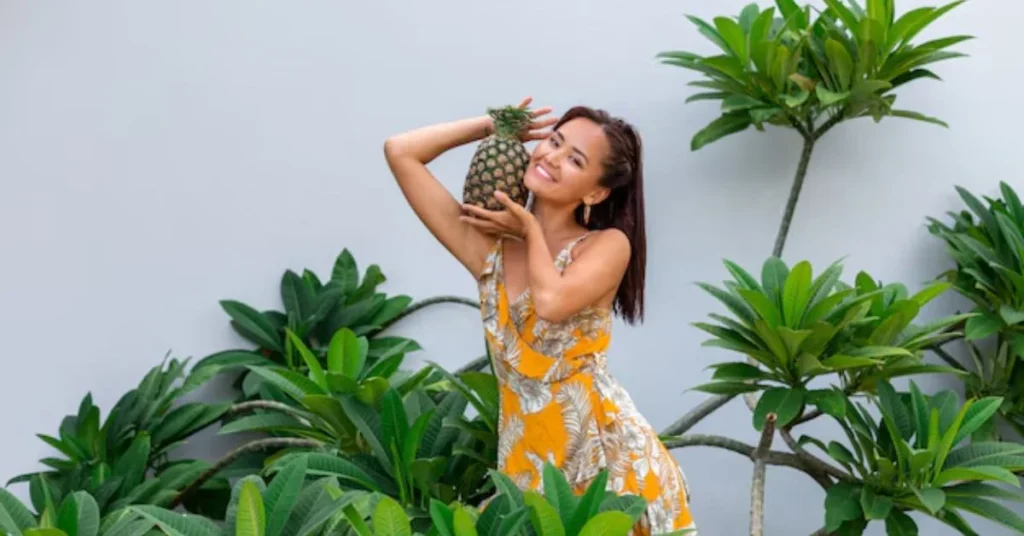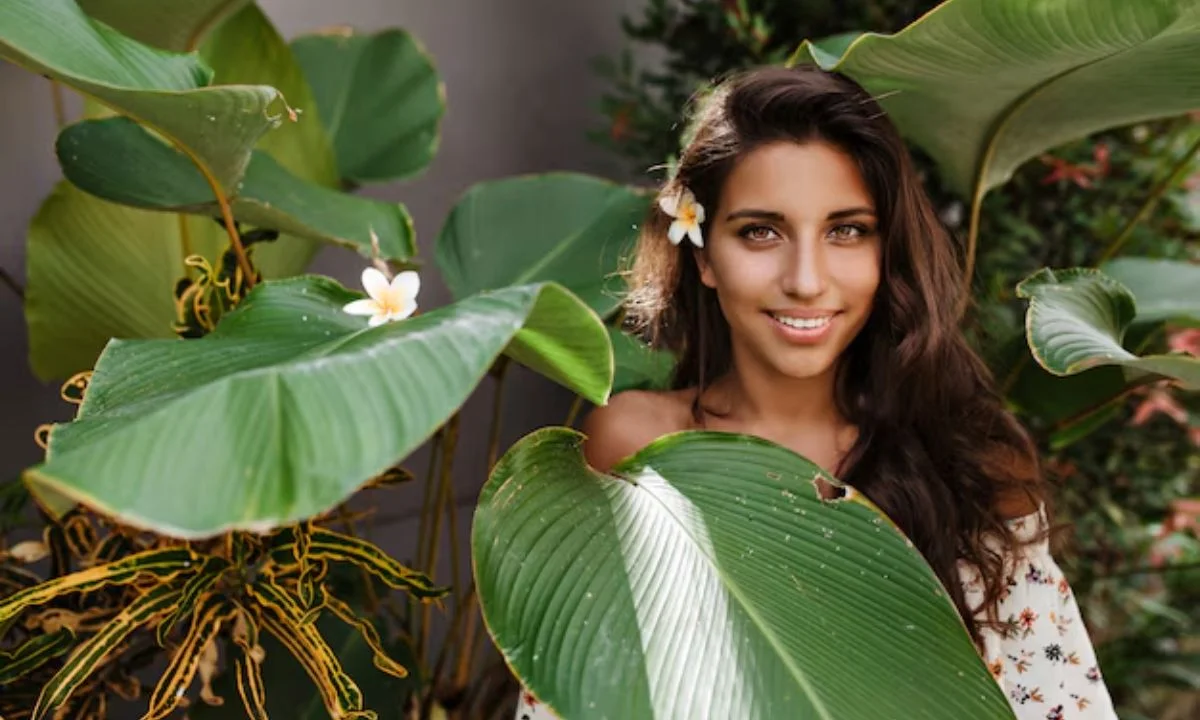The Philodendron Florida Beauty is a striking and rare plant that has captured the hearts of plant lovers everywhere. With its vibrant green leaves splashed with creamy white variegation, it’s not just a houseplant—it’s a statement piece. Whether you’re a seasoned plant enthusiast or just getting started, the Philodendron Florida is a fantastic addition to any indoor garden.
However, to grow this plant successfully, you need to know how to care for it properly. In this guide, we’ll dive into everything you need to know about this beautiful plant, from its origins to essential care tips.
What Makes the Philodendron Florida Beauty Special?
The Philodendron Florida Beauty stands out because of its distinctive variegated leaves. Each leaf features a unique pattern of green and creamy white, making every plant one-of-a-kind. The plant’s leaves are deeply lobed, giving it a sculptural look. It’s a hybrid variety, originally developed by crossing the Philodendron Squamiferum with the Philodendron Pedatum, combining the best traits of both plants. Over time, this plant has become highly sought after by collectors, not just because of its appearance, but also due to its rarity.
Must read Japanese Interior Design Japandi Living Room
Understanding the Ideal Growing Conditions for Philodendron Florida
To keep your Philodendron Florida thriving, you’ll need to provide it with the right environment. Like other tropical plants, it prefers warm, humid conditions similar to its native habitat.
Light Requirements for Philodendron Florida
This plant thrives in bright, indirect light. Too much direct sunlight can burn the leaves, causing the beautiful variegation to fade. However, too little light can lead to weak growth and less variegation. A spot near a window with filtered sunlight is ideal. If you notice the leaves losing their variegation, it might be a sign that your plant needs more light.
Watering Tips for Healthy Growth
Philodendron Florida prefers its soil to stay slightly moist but not soggy. Overwatering can lead to root rot, a common issue for houseplants. A good rule of thumb is to water the plant when the top inch of soil feels dry. Ensure your pot has good drainage to prevent water from accumulating at the bottom. In winter, when the plant’s growth slows, reduce the frequency of watering.
Humidity and Temperature Needs
Being a tropical plant, Philodendron Florida loves high humidity. A humidity level of 60% or more is ideal. If you live in a dry climate or keep your home air-conditioned, consider using a humidifier or placing a tray of water near the plant to increase moisture in the air. The plant also thrives in temperatures between 65°F to 80°F. Keep it away from cold drafts or extreme temperature fluctuations, as this can stress the plant.

The Best Soil Mix for Philodendron Florida
Philodendron Florida does best in a well-draining potting mix. A mix containing peat, perlite, and orchid bark is a great option as it allows for good air circulation around the roots while retaining moisture. Avoid heavy soils that hold too much water, as this can suffocate the roots and lead to rot.
Fertilizing Your Philodendron Florida for Optimal Growth
To support the plant’s growth, especially during its active growing season in spring and summer, fertilize your Philodendron Florida every 4 to 6 weeks with a balanced liquid fertilizer. Be sure to dilute the fertilizer to half strength to avoid burning the roots. In the colder months, when the plant’s growth slows down, reduce or stop fertilizing altogether.
Common Problems and How to Solve Them
Even with the best care, your Philodendron Florida might face some issues. Here’s how to tackle common problems:
- Yellowing Leaves: This is often a sign of overwatering. Allow the soil to dry out a bit more between waterings and check that your pot has proper drainage.
- Brown Leaf Tips: This usually indicates low humidity. Try misting the leaves or increasing the humidity around the plant.
- Loss of Variegation: If your plant’s leaves start to lose their white variegation, it might not be getting enough light. Move it to a brighter spot, but avoid direct sunlight.
Propagating Philodendron Beauty
One of the most rewarding aspects of growing Philodendron Florida is propagating it to create new plants. This is typically done through stem cuttings.
- Choose a healthy stem with at least one node (the bump where roots will form).
- Cut just below the node using a clean, sharp knife or scissors.
- Place the cutting in water or directly into a moist, well-draining potting mix.
- Keep the cutting in a warm, humid environment until roots form. If using water, transfer it to soil once roots are about an inch long.

Why the Philodendron Florida is a Must-Have for Your Plant Collection
Philodendron Florida is not just a plant; it’s a living work of art. Its unique variegation, combined with its relatively easy care routine, makes it a top choice for plant collectors. Plus, because of its hybrid nature, it’s a rare find that adds an element of exclusivity to your plant collection.
Conclusion
Caring for a Philodendron Florida Beauty may require attention to detail, but the rewards are well worth it. Its stunning variegated leaves and sculptural form make it a standout in any space. By following the right care tips—providing bright, indirect light, watering appropriately, and maintaining high humidity—you’ll have a healthy and happy plant that brings joy for years to come.
By caring for your Philodendron Florida Beauty properly, you can enjoy the beauty and unique features of this rare and delightful houseplant. Make sure to check out additional resources online for further advice on growing tropical plants and expanding your indoor garden! For more information, visit this site.

How often should I water my Philodendron Florida?
Water your plant when the top inch of soil feels dry. Overwatering can lead to root rot, so ensure your pot has good drainage.
Why are the leaves of my Philodendron Florida turning yellow?
Yellow leaves are often a sign of overwatering. Let the soil dry out more between waterings and check for proper drainage.
Can I grow Philodendron Florida Beauty in low light?
While the plant can survive in lower light, it needs bright, indirect light to maintain its variegation and healthy growth.
What kind of soil does Philodendron Florida Beauty need?
This plant thrives in a well-draining mix of peat, perlite, and orchid bark to allow for air circulation around the roots.
How can I propagate?
Propagate by taking a stem cutting with a node, placing it in water or soil, and keeping it in a warm, humid environment until roots form.
